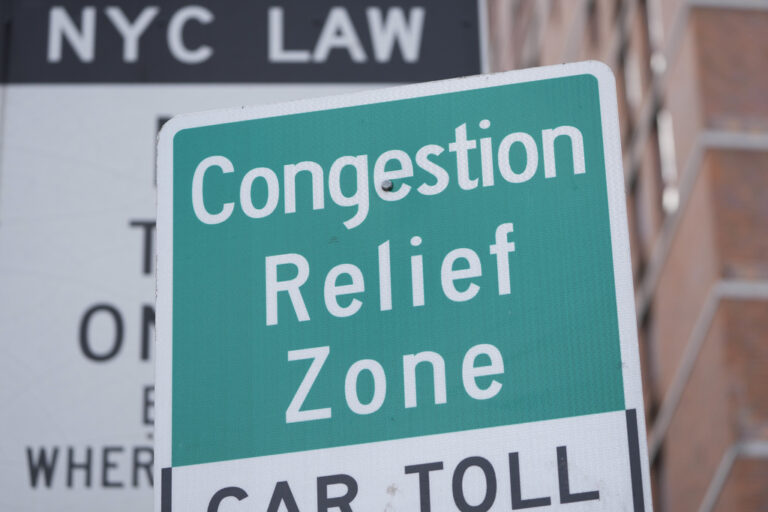Raising children is always a complicated affair, but digital revolution made it more difficult than ever before. From social media lure to smartphones ubiquity, modern parents face a conundrum: how to let children enjoy the technology benefits and the same time protecting children from technology brings risks? This balancing act makes parental control app bacome a necessary tool in parenting. Unlike previous generations, today’s parents can’t rely solely on physical supervision — they also need digital solutions to keep children safe in increasingly connected world.
The Digital Dilemma: Why Traditional Parenting Isn’t Enough
Today, Children are immersed in technology from infancy. A 2023 study by Common Sense Media found 42% children under 8 have their own tablet, while 60% teens use social media daily. This immersion exposes them many risks, And parents often struggle to manage:
-
Unregulated content (violence, explicit material, misinformation)
-
Screen addiction disrupting sleep, academics, and social skills
-
Cyberbullying and predatory behavior
-
Mental health strains linked to social media comparisons
Traditional parenting methods—like setting time limits or checking browser history—are no longer sufficient. The vastness and anonymity of the Internet requires more richer technology-driven strategies.
Core Reasons Parental Control Apps Are Now Essential
1. The Epidemic of Screen Time Overload
Besides studying, teens spend on more than 7 hours a day on screens. Excessive screen time is associated with:
-
Lack of sleep (blue light interferes melatonin production)
-
Deteriorated academic performance (multitasking reduces focus)
-
Physical health risks (sedentary behavior, eye strain)
How Parental Control Apps Help:
These tools allow parents to:
-
Set daily screen time limits for devices or specific apps.
-
Create schedules (blocking games during homework hours).
-
Generate usage reports to identify problematic patterns.
For example, parent might notice child spends 3 hours nightly on TikTok and use app to enforce healthier boundaries.
2. Protecting Kids From an Unfiltered Internet
The internet is minefield of age-inappropriate content. Report by 2022 Guardian revealed that 1 in 4 children under 12 has accidentally encountered pornography online. Social media platforms, even those designed for kids, often host harmful communities (such as self-harm trends).
The Role of Parental Control Tools:
-
Content filtering blocks access adult websites or violent content.
-
Social media monitoring flags risky interactions or keywords (such as bullying, drug references).
-
App restrictions prevent downloads of unsafe or addictive applications.
By automating these safeguards, parents reduce exposure harmful material without micromanaging every click.
3. Addressing Cyberbullying and Online Harassment
According to UNICEF, Cyberbullying affects nearly 40% of teens globally, Unlike schoolyard bullying, online harassment follows children home, making inescapable. Parents often remain unaware until emotional or behavioral changes.
Proactive Measures Enabled by Parental Apps:
-
Message monitoring detects threatening language or harassment.
-
Social media supervision reviews posts, comments, and followers.
-
Alert systems notify parents of flagged activity (such as mentions of self-harm).
Early intervention can prevent lasting psychological trauma and empower children to seek help.
4. Teaching Responsible Digital Habits
Parental control apps aren’t just restriction—they’re also educational tools. By setting boundaries, parents teach kids:
-
Prioritize offline activities (sports, family time).
-
Recognize manipulative design features (such as endless scrolling).
-
Understand permanence of online actions (posts, messages).
Over time, children learn self-regulation, This is an essential skill for adults in technology-centric society.
The Evolution of Parental Control Apps: Beyond Basic Restrictions
Modern apps have evolved address nuanced challenges:
-
Mental health tracking: Some tools will use analyze usage patterns to detect signs of anxiety or depression.
-
Location safety: GPS features ensure kids arrive school or home safely.
-
Educational focus: Apps can block distractions during study hours and allowing access learning tools.
For example, apps like FlashGet Kids offer screen mirroring, let parents view child’s device activity in real time. However, the broader market emphasizes customization, allowing families tailor controls to values and needs.
Addressing Concerns: Privacy, Autonomy, and Trust
Critics argue that excessive monitoring can stifle independence or infringe on privacy, while these risks exist, But they can be mitigated:
-
Transparent communication: Explain why controls are necessary and involve children in setting the rules.
-
Age-appropriate flexibility: Gradually loosen restrictions as children demonstrate responsibility.
-
Focus on education, not surveillance: Use app data to discuss healthy habits, not punishment.
A 2021 MIT study found that when they were treated as “training wheels” for digital citizenship rather than punishment, they were more receptive to parental controls.
The Broader Context: Societal Shifts Driving Demand
Several societal trends amplify the need for parental control apps:
-
Remote learning: After COVID-19, tablets and laptops central to education, blurring the lines between “learning” and “playing.”
-
The rise of gamification: Apps and games use psychological strategies to maximize engagement, making kids self-control more difficult.
-
Parental time limits: Busy schedules limit parents’ ability to manually monitor online activity.
In this environment, automated tools offer pragmatic solution for families.
Conclusion
Parental control apps are not replacement for parenting — they are supplement to navigating complexities that previous generations never had to deal. By combining these tools with open dialogue, parents can mitigate digital risks and fostering sense of trust and responsibility with children. So parental control app are vital layer of protection in modern parenting.










